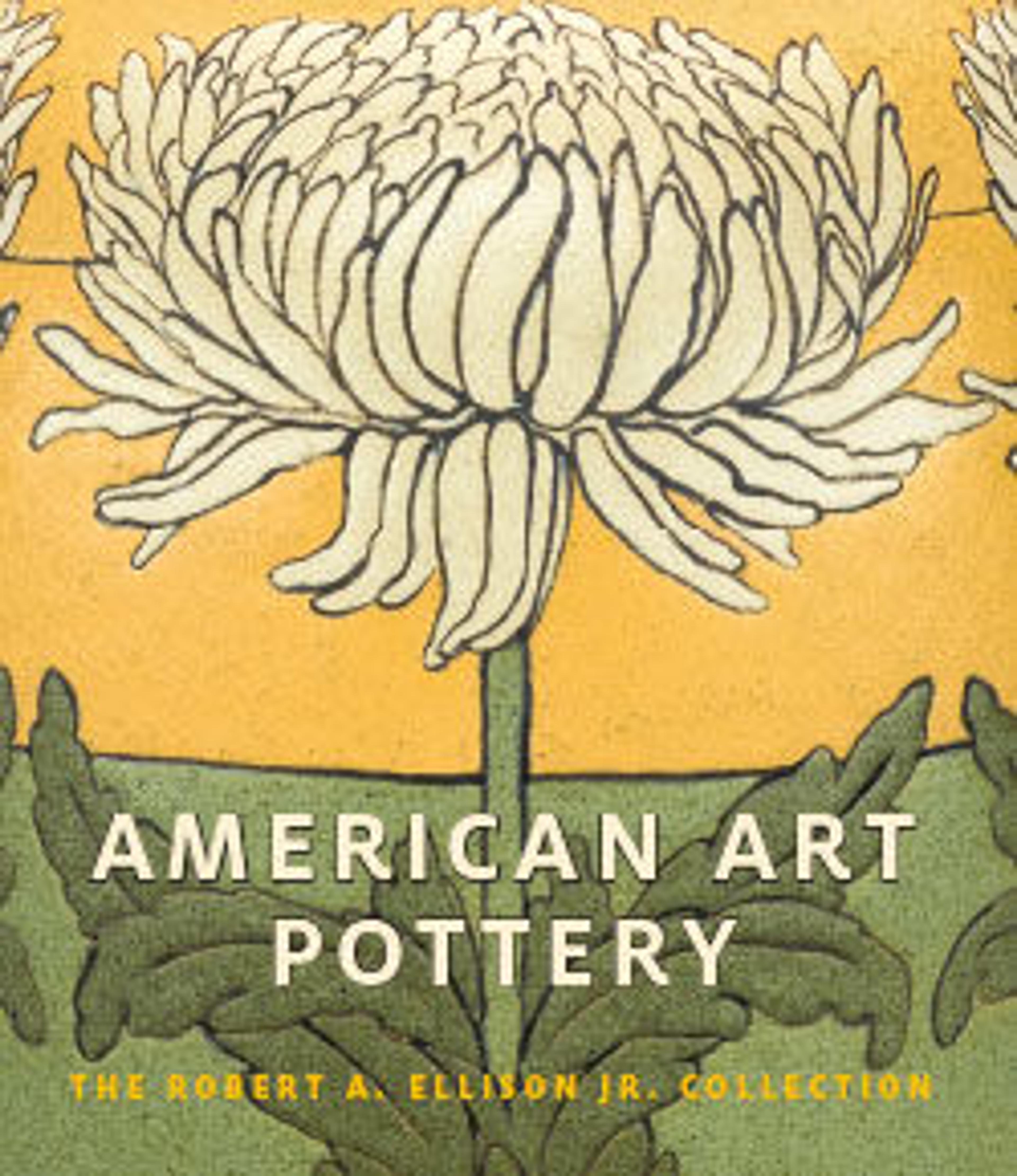Vase
Steeped in ceramics from birth, Hugh C. Robertson pursued his craft with fierce devotion and a passion for experimentation. From a family of trained English ceramists, he honed his skills in New Jersey before settling in Massachusetts as one of the founders of Chelsea Keramic Art Works and later, Dedham Pottery. Robertson’s lifelong explorations in glazes, particularly their color and texture, make him one of the key figures of American art pottery at the turn of the twentieth century.
During the 1880s Robertson increasingly turned his attention to developing new glaze formulas and clay bodies. In the middle of the decade he became obsessed with the highly coveted yet elusive sang-de-boeuf, or oxblood, glaze, a quest that became the hallmark of his later career. In April 1885 Robertson became the first American to successfully replicate the oxblood glaze, showcasing his new oxblood glazes on the same Chinese-inspired shapes that he used for his monochrome glazes. As all-consuming as his pursuit of the ideal oxblood glaze was, Robertson also pioneered other glazing techniques, among them the craquelé glaze, which he first achieved in 1886. This distinctive type of glaze, with its fine network of visible cracks, was a staple of Eastern ceramics that Westerners tended not to emulate because they considered such crazing a flaw. Appreciating its aesthetic value, Robertson perfected an allover white crackle glaze. This vase bears this distinctive crackled effect but is enlivened on its upper half with splatters of a bright, raspberry red sang-de-boeuf glaze, offering a striking contrast of colors and a boldly abstract design.
This vase is from the Robert A. Ellison Jr. Collection of American art pottery donated to the Metropolitan Museum in 2017 and 2018. The works in the collection date from the mid-1870s through the 1950s. Together they comprise one of the most comprehensive and important assemblages of this material known.
During the 1880s Robertson increasingly turned his attention to developing new glaze formulas and clay bodies. In the middle of the decade he became obsessed with the highly coveted yet elusive sang-de-boeuf, or oxblood, glaze, a quest that became the hallmark of his later career. In April 1885 Robertson became the first American to successfully replicate the oxblood glaze, showcasing his new oxblood glazes on the same Chinese-inspired shapes that he used for his monochrome glazes. As all-consuming as his pursuit of the ideal oxblood glaze was, Robertson also pioneered other glazing techniques, among them the craquelé glaze, which he first achieved in 1886. This distinctive type of glaze, with its fine network of visible cracks, was a staple of Eastern ceramics that Westerners tended not to emulate because they considered such crazing a flaw. Appreciating its aesthetic value, Robertson perfected an allover white crackle glaze. This vase bears this distinctive crackled effect but is enlivened on its upper half with splatters of a bright, raspberry red sang-de-boeuf glaze, offering a striking contrast of colors and a boldly abstract design.
This vase is from the Robert A. Ellison Jr. Collection of American art pottery donated to the Metropolitan Museum in 2017 and 2018. The works in the collection date from the mid-1870s through the 1950s. Together they comprise one of the most comprehensive and important assemblages of this material known.
Artwork Details
- Title:Vase
- Manufacturer:Chelsea Keramic Art Works (1872–1889)
- Designer:Hugh C. Robertson (1844–1908)
- Date:ca. 1886–89
- Geography:Made in Chelsea, Massachusetts, United States
- Culture:American
- Medium:Stoneware
- Dimensions:7 3/8 x 3 5/8 in. (18.7 x 9.2 cm)
- Credit Line:Gift of Robert A. Ellison Jr., 2018
- Object Number:2018.294.38
- Curatorial Department: The American Wing
More Artwork
Research Resources
The Met provides unparalleled resources for research and welcomes an international community of students and scholars. The Met's Open Access API is where creators and researchers can connect to the The Met collection. Open Access data and public domain images are available for unrestricted commercial and noncommercial use without permission or fee.
To request images under copyright and other restrictions, please use this Image Request form.
Feedback
We continue to research and examine historical and cultural context for objects in The Met collection. If you have comments or questions about this object record, please contact us using the form below. The Museum looks forward to receiving your comments.
